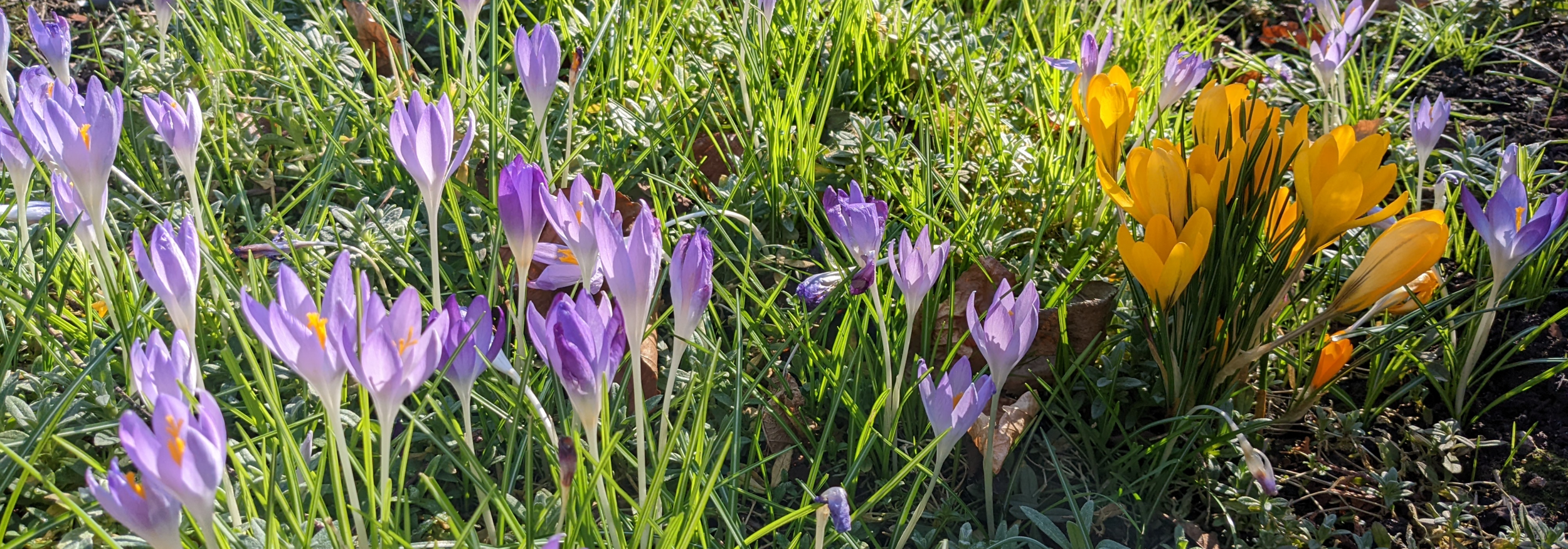Beth Chatto
/Gravel Garden, Beth Chatto
Just over a year ago, Essex plantswoman, garden designer and author, Beth Chatto died. The 5-acre Beth Chatto Garden in Elmstead Market, just the other side of Colchester, was created on land belonging to the Chatto fruit farm which was considered too difficult to farm. One of her mantras could have been, ‘right plant in the right place’. She specialised in the planting of ground that many of us would see as tricky; areas with poor soil, in shade, boggy or too dry were all planted up successfully. She wrote several books including The Dry Garden, Drought-Resistant Planting, The Damp Garden and The Woodland Garden.
As we move into summer, especially with memories of last year’s drought, there might be a temptation to start watering the garden. Apart from newly planted plants (this can be up to 5 years for trees and shrubs) & seedlings, some water thirsty vegetables, newly planted lawns and containers, there should be no need to water if plants are carefully chosen for the site and well planted. Over-watering can be detrimental, leading to reduced root growth (the roots don’t need to search for water) so making plants susceptible to drought or root death if the soil isn’t free draining.
At The Beth Chatto Garden, the first area that visitors encounter, & which is free to walk through, is the Gravel Garden, once the car park and now full of lush and colourful beds. I can remember parking there many years ago and the change is remarkable. The garden is never irrigated, despite being in one of the driest areas of the country and most plants sit in full sun; the key was careful plant selection and ground preparation (compaction was a major issue). Some replanting has taken place this year.
Many plants thrive in dry, sunny conditions. Some will be familiar from the herb garden, mostly of Mediterranean origin – sage, lavenders, rosemary, fennel and hyssop for example – whist others may be less well known. If you want inspiration, I would suggest a visit to the Gravel Garden to see the types of plant and design that make it so successful. Some of the plants include: Eryngium giganteum ‘Miss Willmott’s Ghost’, Papaver ‘Juliane’, Euphorbia ‘Blue Haze’, Allium nigrum, Parahebe perfoliata ‘Digger’s Speedwell, Rudbeckia fulgida ‘Goldsturm’ and Verbascum varieties. A lovely article about the garden and tips for dry gardening can be found online here.


